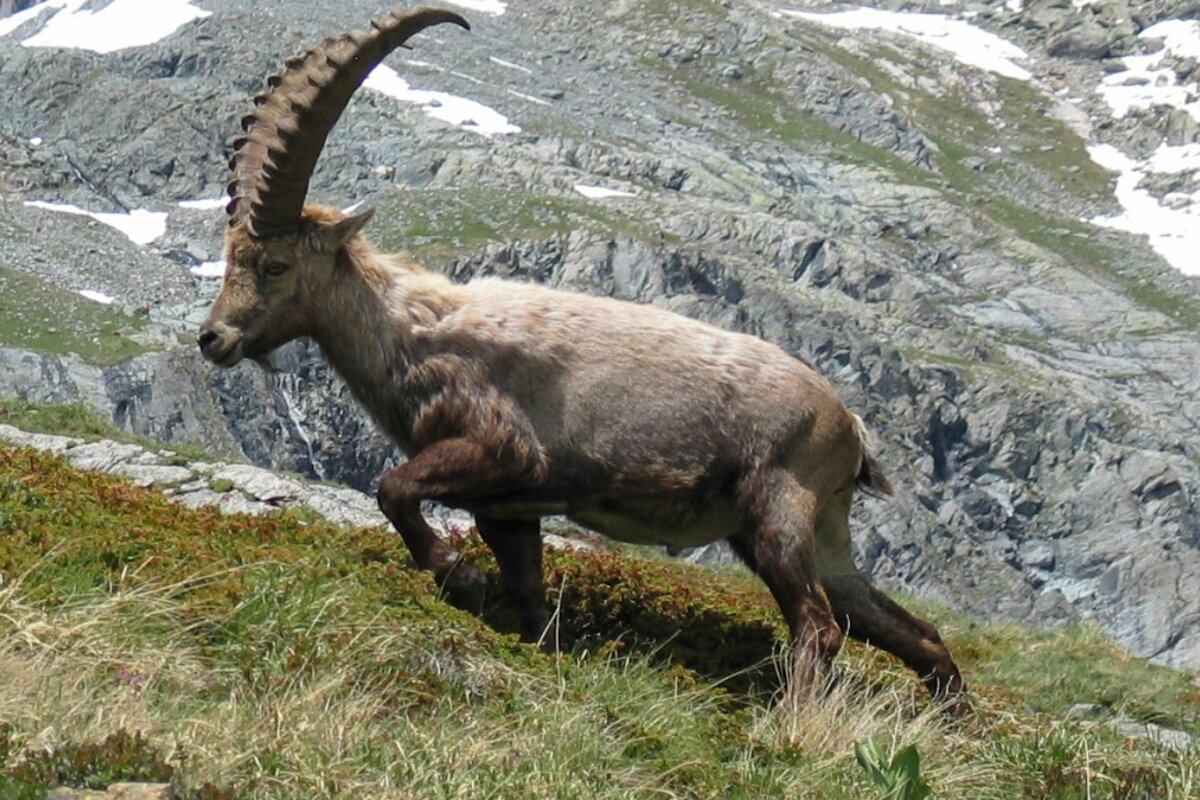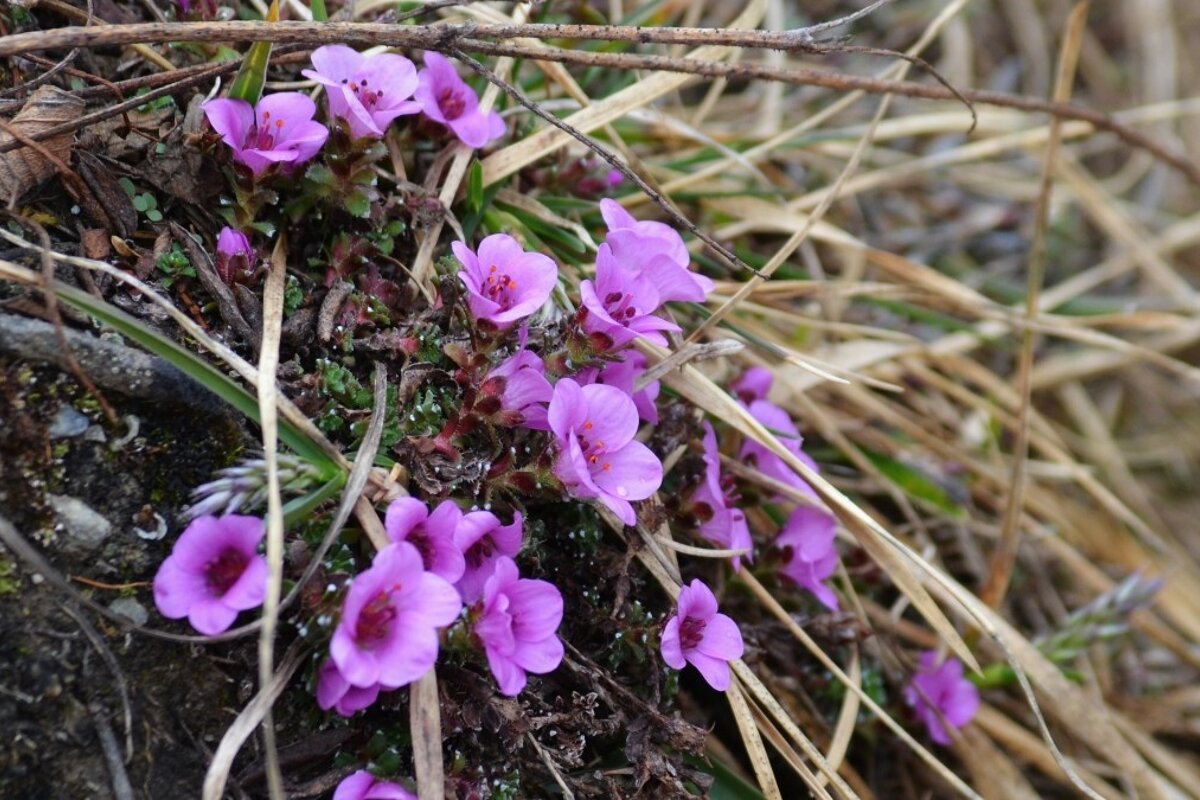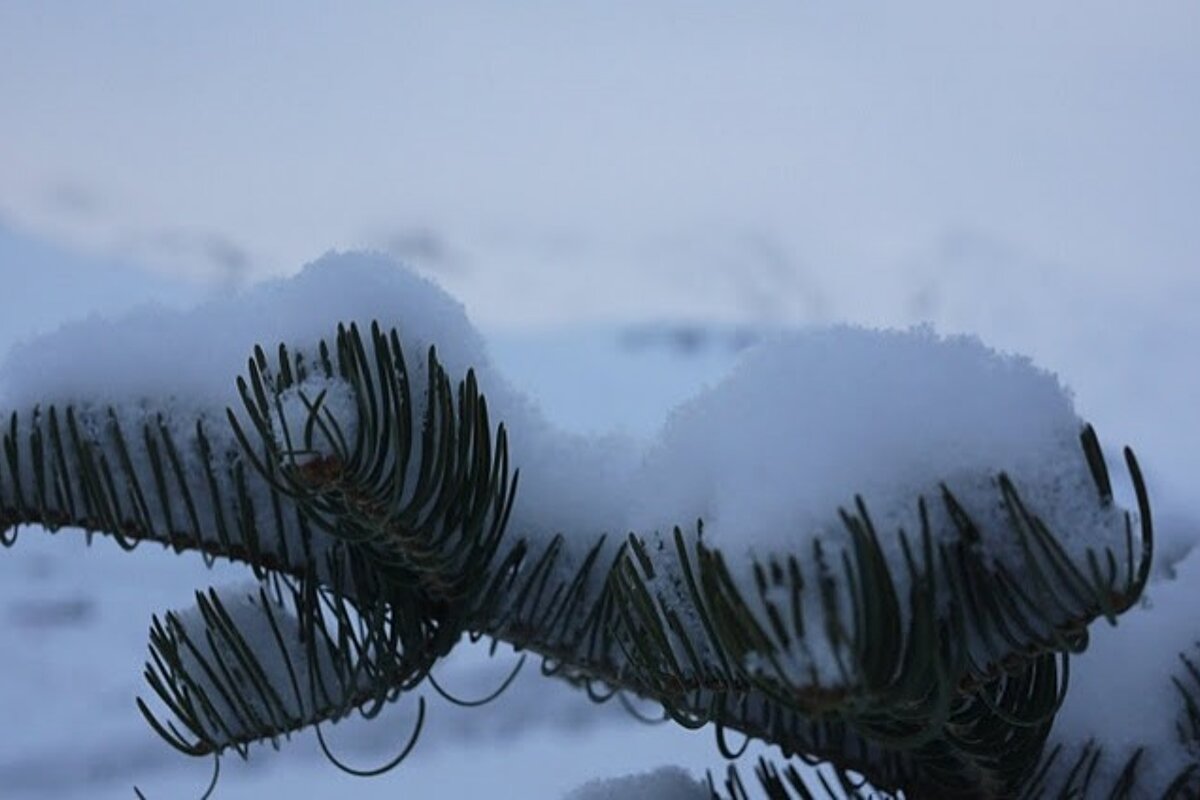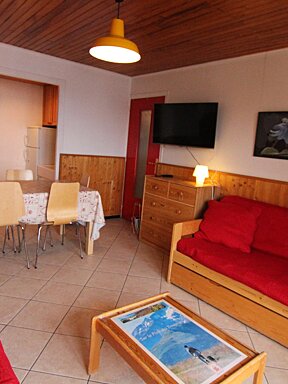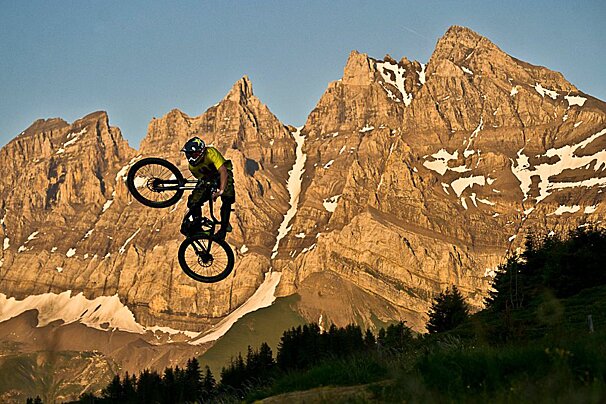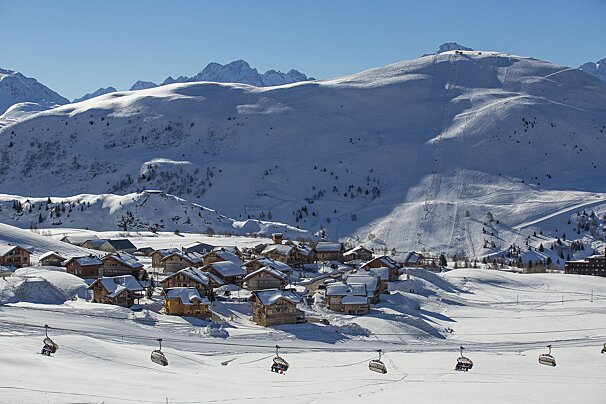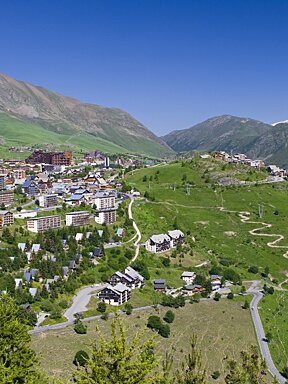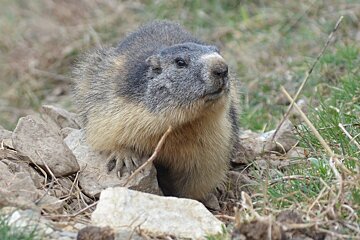
© Chloe Riddle
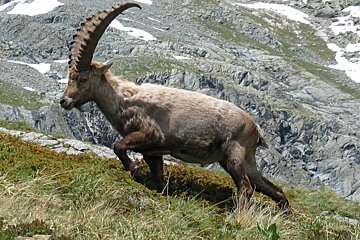
© SeeAlpedHuez.com
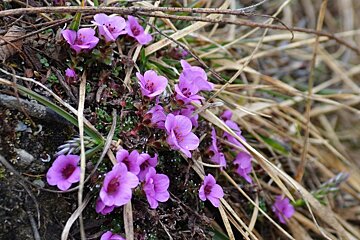
© Chloe Riddle
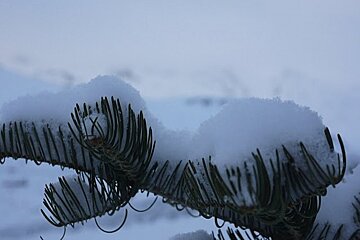
Geography of Alpe d'Huez
Discover the Alpe d'Huez geography, fauna and flora
In French bureaucratic terms, the French Alps are a mountain range located within the Rhône-Alpes and Provence Alps Cote d’Azur (PACA) regions.
A vast amount of the mountainous area is shared with Switzerland and Italy. Due to the nature of the terrain there are a whole range of winter and summer activities available in the Alps. In the winter, these include the obvious skiing and snowboarding as well as alternatives such as snowshoeing, sledging, glacier walking and ice diving. Summer activities include bungee jumping, hiking, mountain biking and rock climbing.
Fauna & wildlife
Above the tree line of Alpe d'Huez, at higher altitudes, animals have learnt how to adapt to the harsh environment. Some animals are protected against the cold with a thick coat or plumage, others such as the marmot hibernate below ground, so solving the problem of food shortage during the long winter months.
Mammals of the mountain
The bouquetin (ibex), is a surprisingly large and powerful looking wild goat with large curved and ridged horns which can at times grow up to a metre in length. Mostly unafraid of humans you will find this peaceful animal on many of the common walks and hikes around Alpe d'Huez. As with most horned mammals of their kind the ibex have a 'rutting' season. The males will fight for the females and the clatter of their horns clashing echoes throughout the mountains.
The smaller chamois, or “Alpine antelope”, can be distinguished by a black line on its back. And in contrast to the ibex they have curved slender dark horns. Jumping from one rock to the next and climbing the steepest passages their movements appear unnatural. In summer they will feed on grass; in winter they make their way down to the forest and nibble the bark of trees.
Stoats can be commonly found in Alpine villages. The reddish brown summer coat becomes white in winter apart from a thin tuft of black hair at the end of its tail. This small carnivorous mammal lives among stones or near chalets.
The marmot (everyone's favourite mountain mammal!) hibernates during the winter months so you will only see this cuddly looking creature during the summer. From April to September, it enlivens alpine pastures with its whistling call.
And finally, you may well be lucky enough to catch a glimpse of a lynx! Unlikely but you never know...at sunset they can be found stalking the slopes in search of birds, marmots, chamois and small deer. Virtually extinct in the region by the beginning of the 20th century, this wild cat has returned to the woods of Savoie from Switzerland.
Birds of prey
Golden eagles can often be seen throughout the Alps, circling above their territory, which might cover most of a valley. Breeding pairs remain together for life, rearing their young in eyries on the side of inaccessible cliff faces. Eagles prey on marmots in summer and feed off carcasses when food becomes short in winter.
Flora & vegetation
Not only dependant on climate and area, much of the vegetation in the Alps is influenced by altitude. In many of the resort you will find a very distinct 'tree line' where the thicker forest areas stop. Well known for their conifer forests made up primarily of fir trees, spruce trees, pine and larches. The only conifer in the Alps to shed its leaves in winter is the larch, and it is commonly found growing on south-facing slopes, particularly in the “Alpes sèches” (dry Alps).
Among the deciduous trees you will find beech, alders, maples, birches, service trees, willows and laburnums.
Alpine plants are built to survive the extremes of climate and conditions. Hardy plants that generally flower for only a few months in July and August but form the wonderful Alpine pastures that we expect on our summer holidays to the Alps.
Geology
The history of the Alps started around 500 million years ago. The Tethys Sea that existed at that time was the place where materials such as marble, limestone and granite formed over many millions of years. During the last 50 million years, the African and Eurasian tectonic plates compressed together and lifted, folding the continental shelf and draining the sea. These rocks then raised up as mountains and have been continually eroded by glacial formations and weather over the course of their lives, forming the Alps as we see them today.
Landscape & scenery
The mountain range of the Alps – the highest in Europe – stretches along a curved line from Nice on the Mediterranean coast to Vienna in Austria, covering a distance of 1,200km. The highest peak, Mont Blanc, rises to 4,807m, but the altitude gradually decreases towards the south and the range is easily accessible through a series of deep wide valleys.

